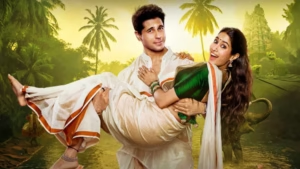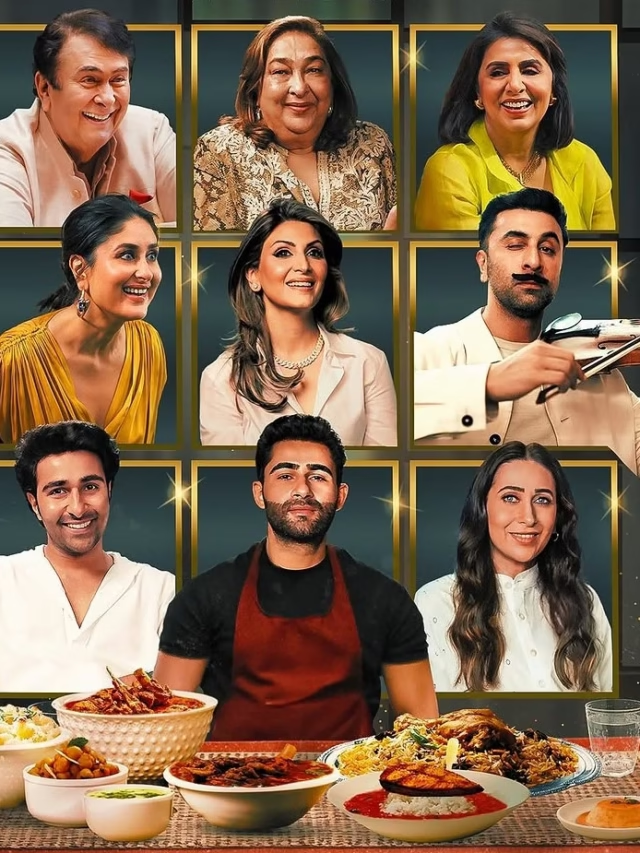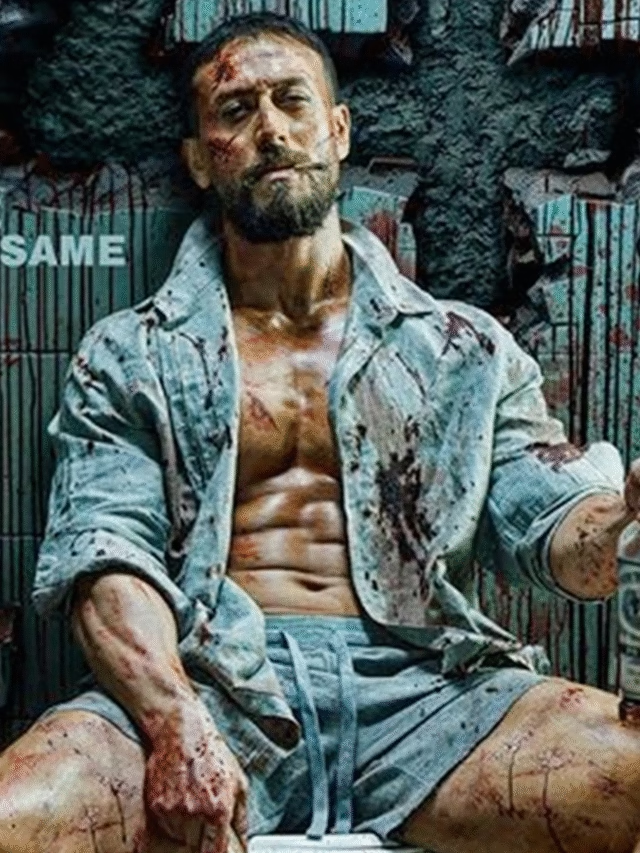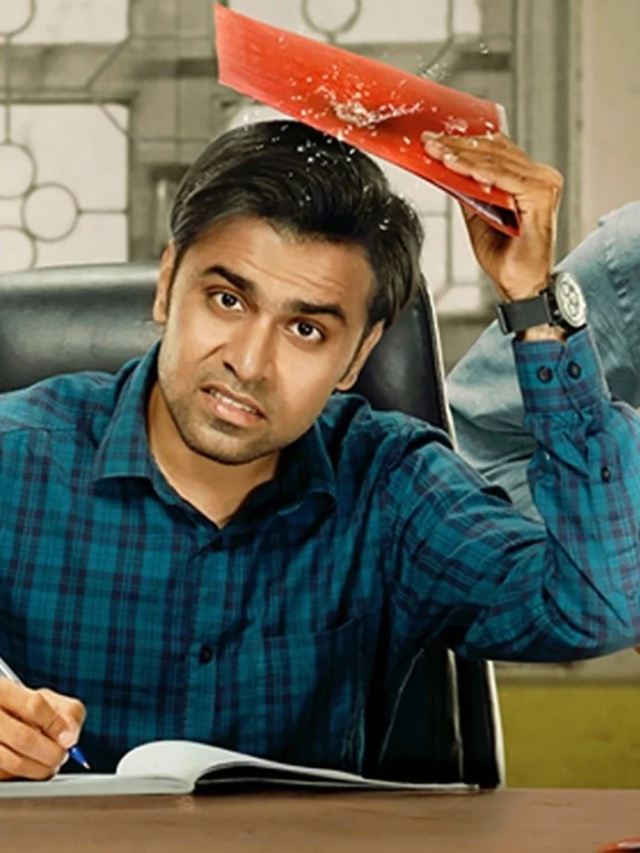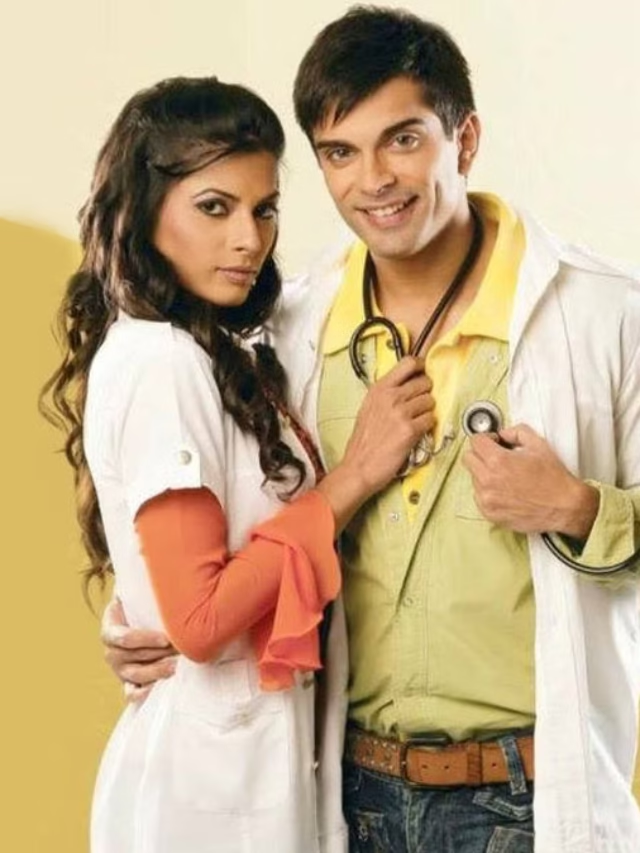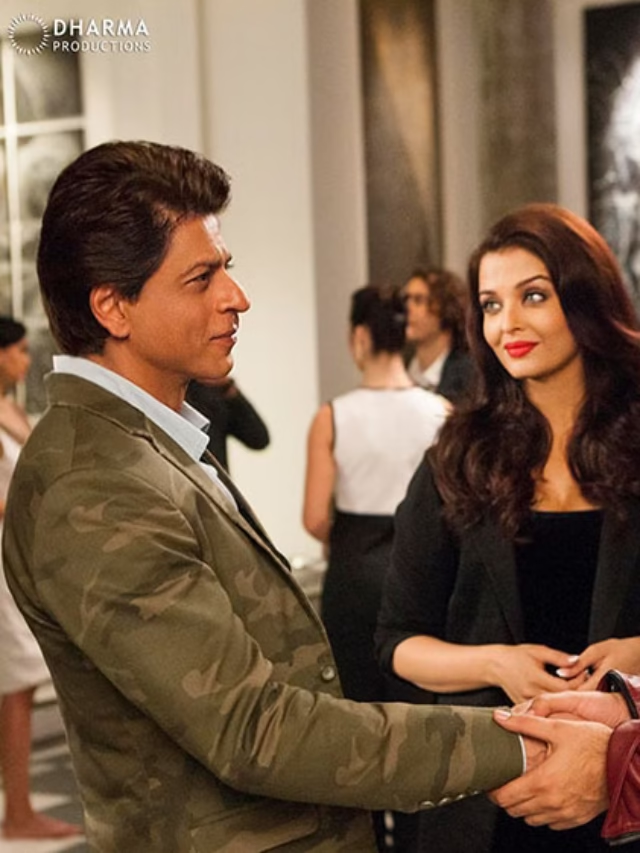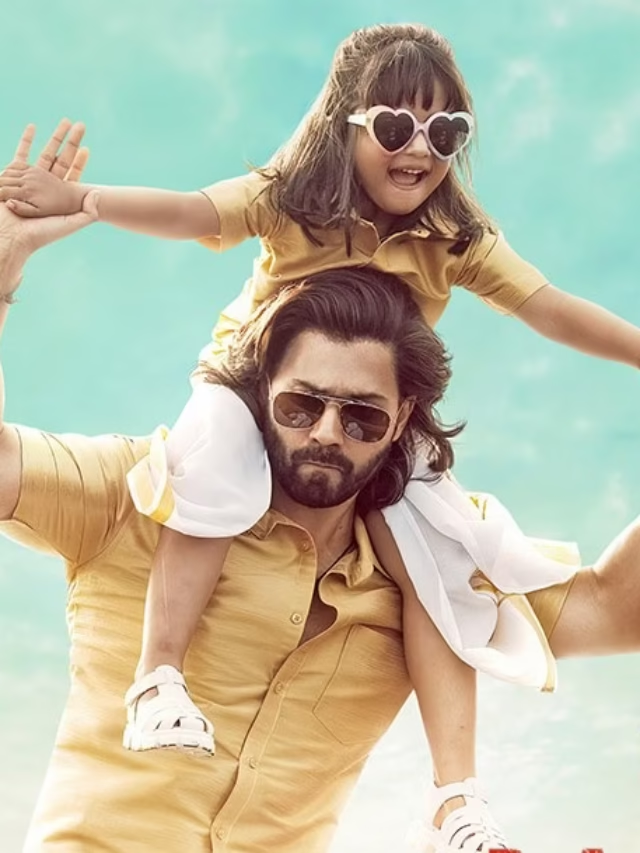
Dhadak 2 isn’t your typical Bollywood love story. Forget the dreamy romance of the original—this sequel takes a hard turn and dives deep into caste realities, social injustice, and raw emotions. Featuring power-packed performances by Siddhant Chaturvedi and Triptii Dimri, the film dares to tackle caste-based oppression in a gripping, realistic way. Directed by debutante Shazia Iqbal, Dhadak 2 is not just a sequel—it’s a sharp social commentary that demands to be seen and discussed. Let’s break down why this film hits hard and where it falls short.
The film follows Neelesh, a Dalit law student played with incredible intensity by Siddhant Chaturvedi. He’s smart, ambitious, and burdened by the reality of caste-based discrimination. His identity is proudly on display—his blue-painted home and “Jai Bhim” at the door aren’t just props; they’re a political statement.
Enter Vidhi, played by Triptii Dimri, a classmate from an upper caste who is smitten with Neelesh’s strength and integrity. Their romance is moving but always tinged with fear. The movie quickly descends into brutal realities—caste violence, social ostracism, and institutional hypocrisy.
Siddhant & Triptii – The Heart of the Film
Siddhant Chaturvedi delivers a career-best performance. He brings out Neelesh’s internal struggles—rage, pain, resilience—all with minimal dialogue. His transformation from a hopeful student to a man forced to confront brutal injustice is deeply moving.
Triptii Dimri is equally compelling. She plays Vidhi with nuance—a woman attracted to Neelesh but unaware of the painful realities he lives with. Her performance reflects her character’s growth from privileged ignorance to painful awakening. Their chemistry feels real and grounded in mutual respect, not just attraction.
Shazia Iqbal’s Brave Direction & Realistic World-Building
Making her directorial debut, Shazia Iqbal brings a fearless voice to Bollywood. Adapting the Tamil film Pariyerum Perumal for a North Indian backdrop, she keeps the focus sharp and sincere. Her lens never softens the violence or glosses over caste issues.
The contrasts she draws—between Neelesh’s modest life and Vidhi’s upper-class world—hit hard. From college debates to courtroom scenes, everything feels grounded and authentic. Iqbal doesn’t let the audience look away, even when the truths are uncomfortable.
Where the Film Falters – That Weak Ending
For most of its runtime, Dhadak 2 is powerful and urgent. But when it reaches the climax, it stumbles. The ending feels too safe and watered-down, as if the makers pulled back from fully embracing the painful truth they had built up to.
Instead of a gut-punch, we get a sermon. The final moments lack the emotional blow needed to seal the film’s powerful message. It’s not a dealbreaker—but it does leave you wanting more.
Supporting Cast Adds Real Texture
Beyond the leads, the film features strong performances from actors like Saurabh Sachdeva, who plays a chilling antagonist driven by caste hatred. Zakir Hussain as the college principal is excellent in portraying the hypocrisy of institutions. Even smaller roles by Vipin Sharma, Manjiri Pupala, and Aditya Thakare help build the world and deepen the impact.
Supporting Cast Adds Real Texture
Siddhant Chaturvedi and Triptii Dimri are exceptional and elevate every scene they’re in. The film bravely tackles caste oppression, honour killings, and institutional bias—topics rarely explored in mainstream Bollywood. Shazia Iqbal’s debut is confident and promising, proving she’s a voice worth watching in Indian cinema.
Rating: 3.5/5 Stars
Not perfect, but essential. Go for the performances, stay for the uncomfortable truths. This isn’t a fairytale—it’s a mirror.

